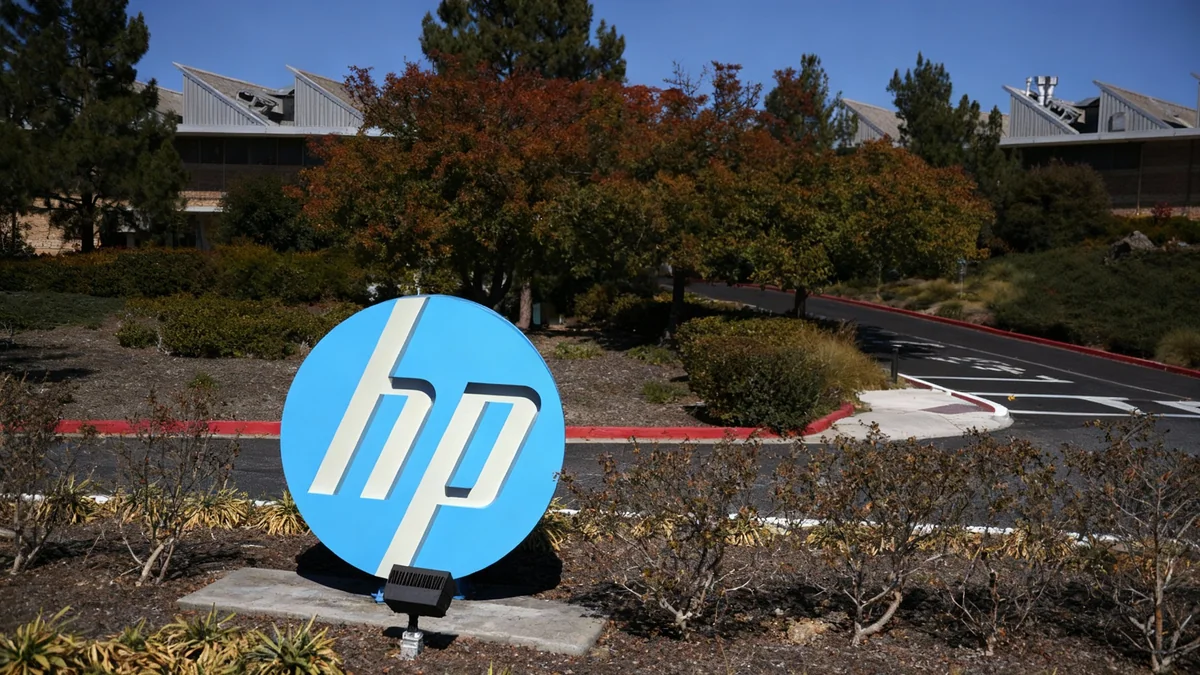News organizations are implementing new strategies to build direct relationships with readers, driven by the increasing threat of AI-powered content theft and unreliable social media traffic. Publications like 404 Media, The Economist, and El País are using email walls, exclusive video, and curated briefings to secure their audience and business models.
The shift comes after instances where original, in-depth journalism was overshadowed by AI-generated summaries that appeared higher in search results. This has forced publishers to prioritize platforms they control, such as email newsletters and their own websites, over third-party social networks.
Key Takeaways
- Independent news site 404 Media implemented an email wall after its investigative journalism was stolen and republished by AI content spinners.
- The strategy increased 404 Media's paid subscribers from approximately 3,000 to over 11,000 in a few months.
- The Economist uses short-form video to increase subscriber retention, making content available for free on social media to attract future readers.
- Spain's El País launched a daily news brief, "El País Exprés," to successfully re-engage inactive, or "sleepy," subscribers.
- Publishers are focusing on building direct connections with their audience to counter the unpredictability of social media and the rise of AI-generated content.
The Catalyst for Change at 404 Media
A critical moment in January 2024 prompted a fundamental business shift for the independent technology news site 404 Media. Cofounder Jason Koebler described having a "panic attack" after a significant investigation was effectively stolen by artificial intelligence.
The site had just published an eight-month-long investigation by Sam Cole into how large language models were ingesting child sexual abuse material. Shortly after publication, another website used an AI tool to rewrite the article, altering facts and quotes but keeping Cole's byline.
The AI-spun version of the story appeared on Google News, while 404 Media's original work did not. Koebler realized this was a systemic threat to their viability.
"The days of us being able to walk on [to social media], tweet something, walk away, and get people to come to our website are over…If we don’t aggressively move people from social media platforms that we don’t control to platforms that we do control, this business isn’t going to work," Koebler stated at the iMEdD International Journalism Forum.
Implementing the Email Wall
In response, 404 Media introduced a requirement for readers to provide an email address to access their articles. This strategy, often called an "email wall," was designed to convert passive social media visitors into a dedicated audience on a platform the publication directly manages.
The results were immediate and substantial. By the end of March 2024, the site had around 3,000 paid subscribers. After implementing the new strategy, that number grew to more than 11,000.
Koebler noted that by being transparent about why they made the change, they avoided significant backlash. Instead, their existing readers often defended the decision to others on social media, becoming advocates for the publication's new model.
Navigating the Downsides
The switch was not without challenges. Koebler acknowledged that overall website traffic "plummeted" at first, as many potential readers would leave immediately upon encountering the email requirement. To mitigate this, 404 Media began experimenting with placing the wall deeper within articles, allowing readers to sample the content before being asked to sign up.
The Economist's Multi-Format Engagement Strategy
Legacy publications are also adapting their approach to audience engagement. The Economist has focused on diversifying its content formats, particularly with short-form vertical video, to increase subscriber loyalty.
Anna Bucks, executive producer of video at The Economist, explained that their video content is designed for two distinct audiences. It must be intuitive for people familiar with platforms like TikTok, but also accessible to their core, often older, subscribers who may be encountering the format for the first time on The Economist's website.
Video as a Retention Tool
Data from the publication shows a clear link between format diversity and customer loyalty. According to Bucks, subscribers who engage with multiple types of content, such as articles, podcasts, and videos, are more likely to maintain their subscriptions.
"The subscribers who constantly come back to us are most engaged across topics but also across formats…we see video as very much bolstering the package," Bucks said.
A 'Future-Proofing' Social Media Plan
Interestingly, while videos are behind a paywall on The Economist's site, they are available for free on its YouTube, TikTok, and Instagram channels. Bucks describes this as a strategy to "future-proof the brand." The goal is to give younger audiences a sample of the publication's journalism, hoping they will convert to paid subscribers when they are able.
Re-Engaging Subscribers at El País
Spain's leading newspaper, El País, faced a different challenge: subscribers who were paying for access but not actively using it. Mari Luz Peinado, head of digital strategy, referred to these as "sleepy subscribers" who posed a high risk of cancelling their subscriptions.
To address this, the newspaper launched "El País Exprés" in May 2024. The new format is a daily news briefing designed to be read in five to seven minutes, summarizing the most important stories of the day.
"It has been very useful to wake up our sleepy subscribers," Peinado reported. The results indicate the strategy is working. "Around 20% of our sleepy subscribers have read El País Exprés during the past month. We think that’s good news," she added.
Building Direct Connections with Journalists
A common theme across these new strategies is the effort to build a stronger, more personal connection between journalists and their audience. With the decline of impersonal, algorithm-driven traffic, publications are highlighting the people behind the reporting.
Showcasing Reporters on Different Platforms
The Economist, which traditionally does not use bylines and writes in a collective "Economist voice," uses video discussions to introduce its journalists and editors to readers. This helps humanize the brand and show the expertise behind their analysis.
El País is taking a similar approach through newsletters. Peinado noted that some journalists are not comfortable on camera, so newsletters provide a text-based format where they can express their personality and connect directly with readers.
Looking Ahead: The Next Set of Challenges
While building a direct email audience has proven effective, publishers are already anticipating future threats. Jason Koebler of 404 Media expressed concern about the "AI-ification of email." He worries that email clients like Gmail might begin automatically summarizing newsletters, which would reduce the need for users to open the original message.
"It’s starting to happen but hasn’t been an apocalypse yet," he said. As a hedge against this possibility, 404 Media has also launched a full-text RSS feed for its paid subscribers, ensuring they have another direct channel to deliver their work.
This forward-thinking approach highlights a new reality for digital news: survival depends on owning the relationship with the reader and continuously adapting to the next technological disruption.





